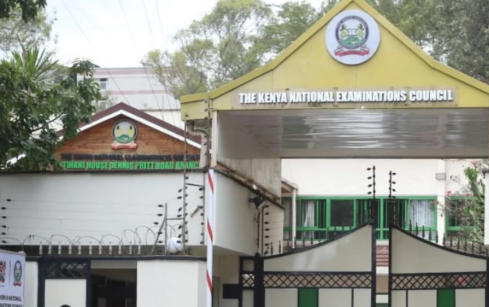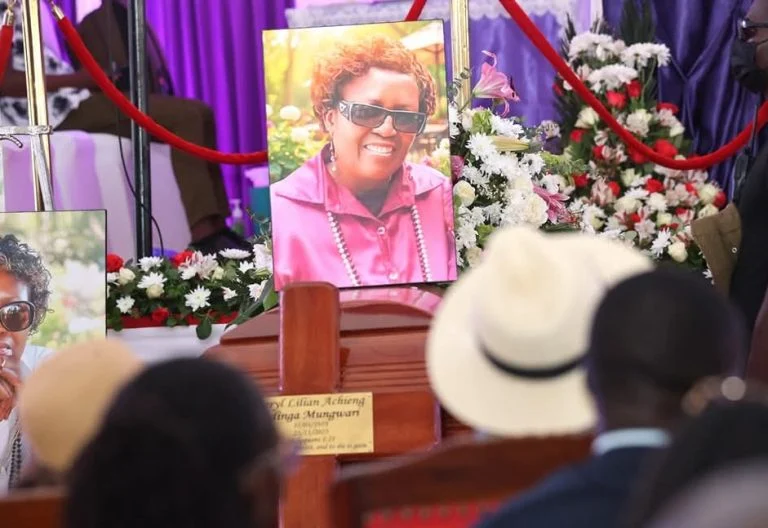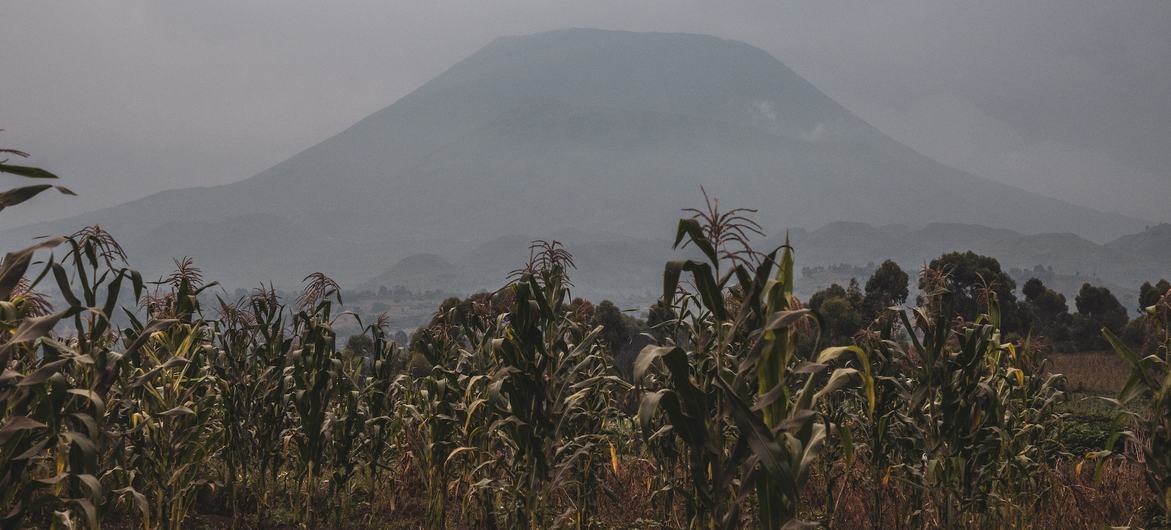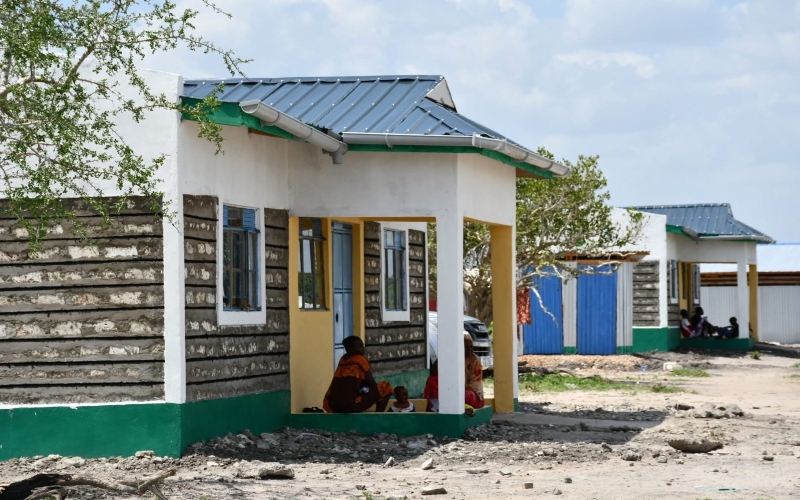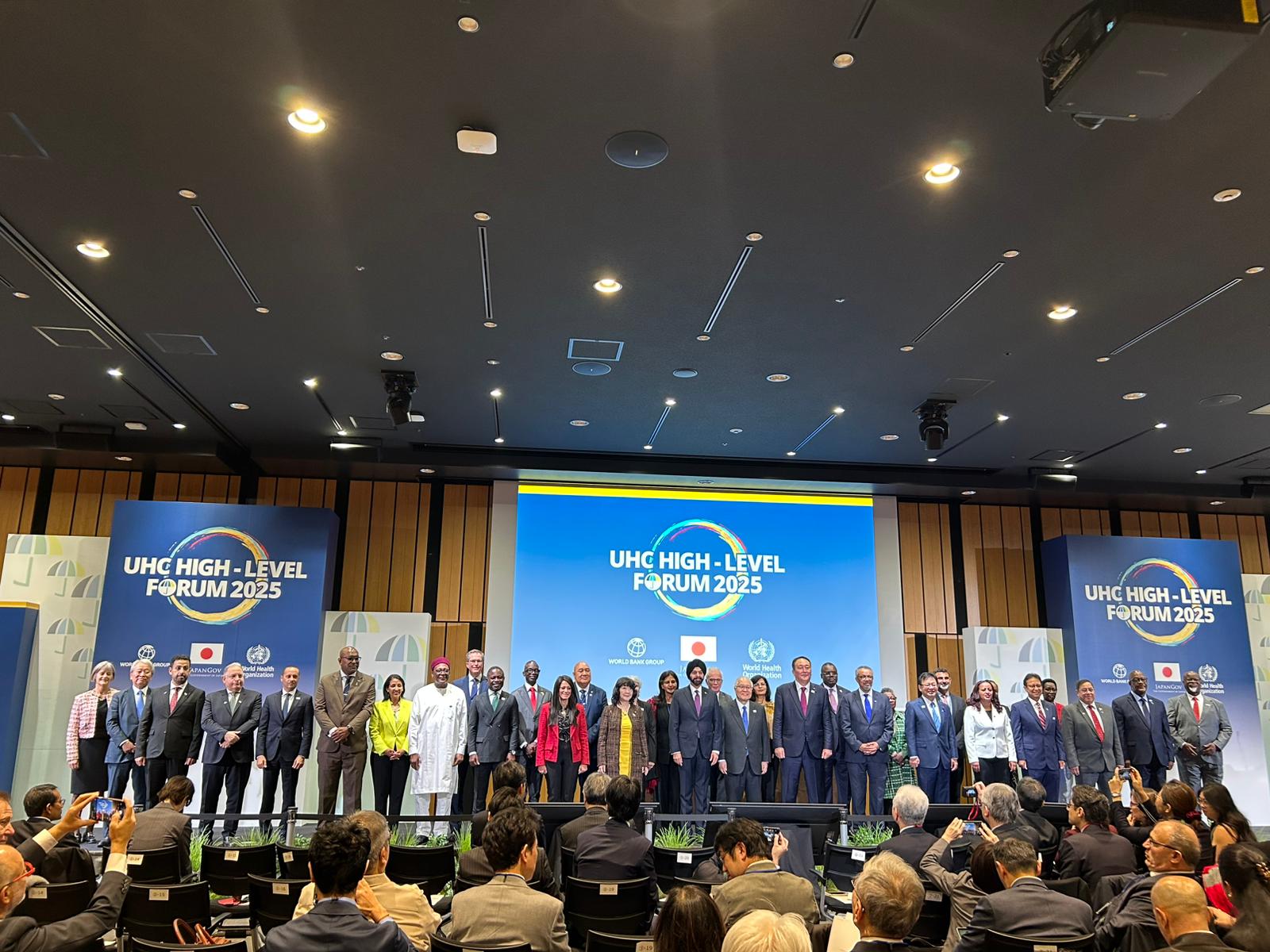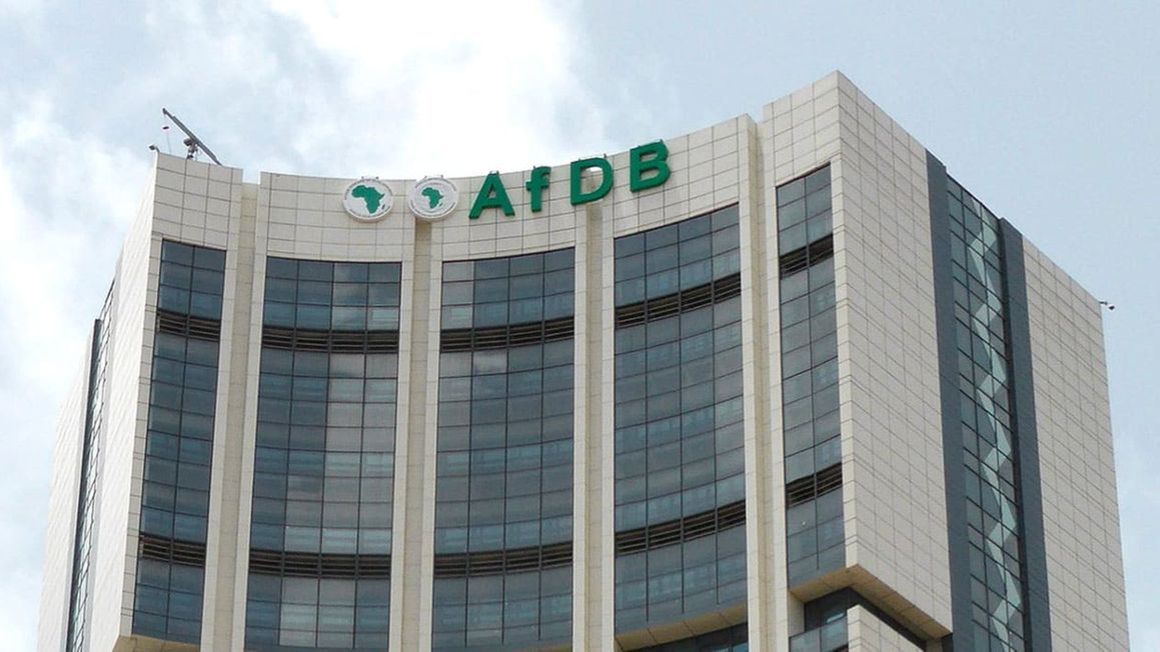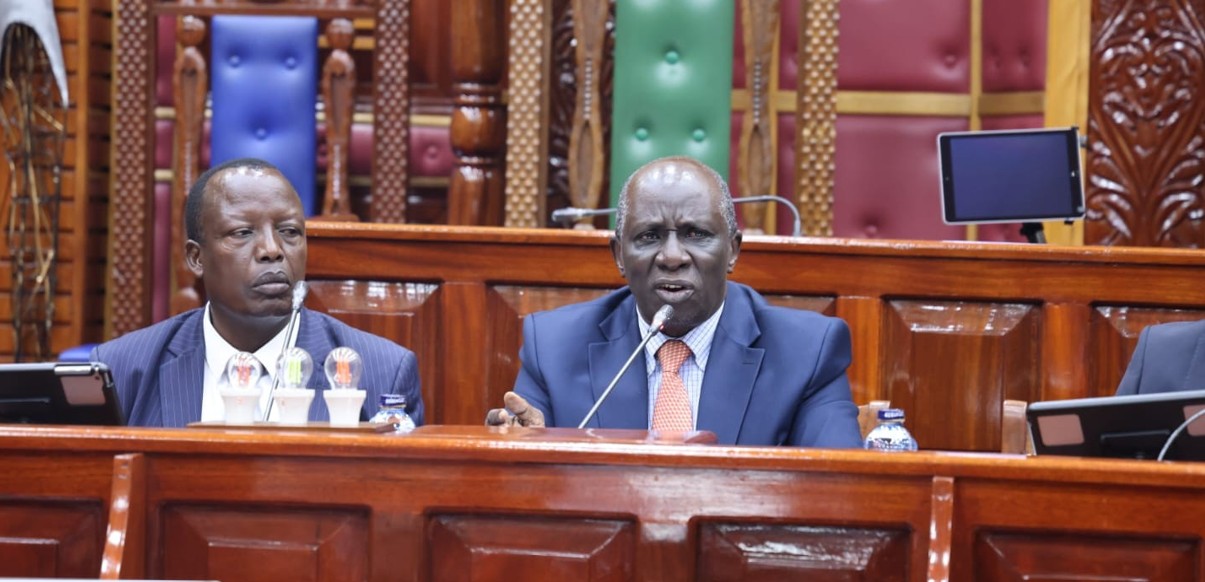Vehicle emissions, burning hospital waste now Africa’s biggest air pollution threats, experts warn
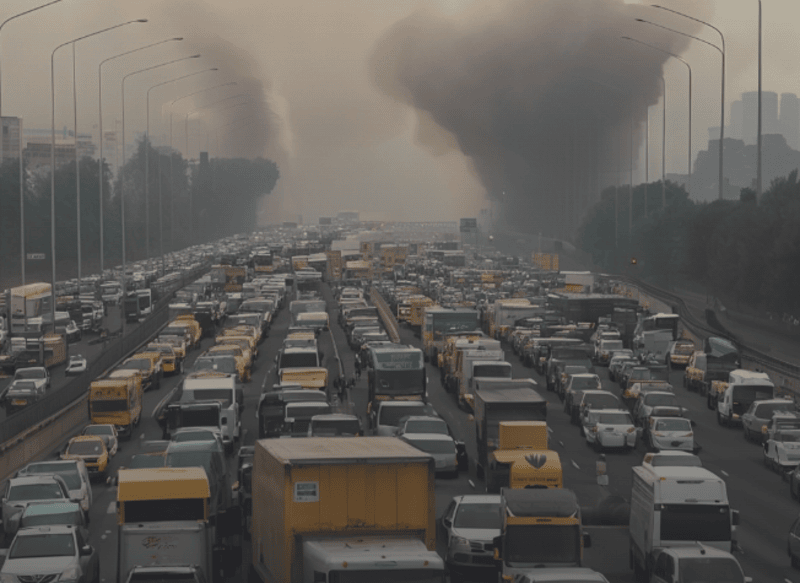
According to Mwaniki, Nairobi is also struggling with another major source of air pollution- the open burning of hospital waste. He said the practice is common and poses dangers beyond just dirty air.
Emissions from vehicles and the open burning of hospital waste are emerging as the biggest threats to air quality in cities across Africa. Experts warn that rising pollution from these two sources is not only harming public health but also fuelling broader environmental concerns.
George Mwaniki, Country Representative for the World Resources Institute Kenya and Head of Air Quality, said transport remains the single largest contributor to urban air pollution in Africa, followed closely by solid waste.
More To Read
- Landmark French ruling against TotalEnergies sets stage for major African climate lawsuits
- Ecoball: How to make picking up litter fun and turn it into a game for kids
- Nine common household items that could be silent killers
- Contaminated water from River Kibos blamed for fish deaths at Dunga Beach
- NEMA gives counties 21-day ultimatum to enforce waste segregation or risk penalties
- Wajir rallies to end plastic pollution with bold eight-day clean-up campaign
He said vehicle emissions, particularly in cities such as Nairobi, have reached alarming levels. “For most African cities, the number one source of air pollution is transport. I’m sure you don’t need to be told that transport is a major issue,” he noted.
Mwaniki was speaking at the Clean Air Forum in Nairobi on Tuesday, where he urged cities to place air quality at the centre of urban planning and policy decisions.
“If you stand next to a major road, you’ll see the emissions pouring out of vehicles. That is the number one source of pollutants in African cities,” he added.
In addition to vehicle emissions, Mwaniki highlighted the open burning of hospital waste as another serious contributor to Nairobi’s air pollution. He said the practice is widespread and raises concerns beyond air quality alone.
“It raises questions around potential antibiotics. If you’re burning medicines, there are concerns about how this could affect antibiotic resistance in the environment. And it’s disturbing to think that what you’re breathing could include someone’s amputated limb that was incinerated,” he said.
Mwaniki observed that these issues have long been overlooked or underestimated, but are now being recognised as serious threats requiring urgent and coordinated intervention.
The Institute is currently working with Nairobi City County and UNEP to address the growing crisis. Mwaniki said particular attention is being given to reducing emissions from small vehicles, especially motorcycles and three-wheelers.
“In Kenya, there’s a significant push to shift, particularly for two and three-wheelers, as these are some of the biggest polluters in our cities. We’re seeing similar initiatives in Uganda, Rwanda and elsewhere on the continent,” he noted.
He added that many African cities still rely on older vehicles that emit thick black smoke, which complicates efforts to tackle air pollution. Cleaner fuels and vehicle upgrades form part of the longer-term solution.
“We need to consider how to support vehicle owners to start thinking differently about the fuels they use,” Mwaniki said.
Kenya already has national air quality regulations, which were gazetted by NEMA in 2014 and reviewed last year. Nairobi County is also developing its own city-specific rules to enhance enforcement.
“The Act has passed. We have our air quality policy at the city level. Now it’s moving on to regulations. Once we finalise those, enforcement will begin, and then we can assess whether this leads to real improvements.”
Mwaniki revealed that Nairobi now has around 36 monitoring stations across various locations, combining both simple sensors and advanced equipment to provide real-time pollution data.
He said the initiative began in Nairobi because of the city’s complex pollution challenges, but will soon be expanded to other major towns.
“We started with Nairobi, which, you have to admit, is one of the most complex cities to address these issues. If we can do it in Nairobi, other cities should be easier, and we can transfer lessons learned,” he explained.
“But that doesn’t mean nothing is happening in the other cities. We’ve already set up a few monitors with other partners so we can assess conditions and identify which city should be prioritised for further support.”
Mwaniki mentioned Kisumu, Nakuru and Mombasa as the next in line to benefit from improved monitoring and targeted policy support.
Top Stories Today
